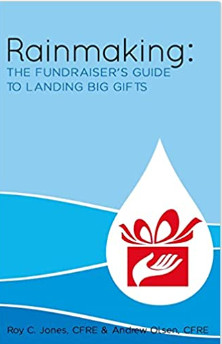How to close your fundraising events with success
Planning a fundraising event? Here are five things to keep in mind in order to make “the ask” successful:
1. The “closer” should not be the guest speaker, entertainer, or emcee. The person making the “ask” needs to be separate from the emotion and fun of the formal program. A third-party endorser is best, someone who brings credibility and a history of supporting philanthropy.
2. Know your audience and know who is in the room. The “ask” begins about 10 days before your event, conducting wealth research on every couple or business executive in the room. The secret sauce to having a great event is not just filling up a room with people but filling up a room with the RIGHT people.
3. Do not ask for cash and checks. One of the worst things you can do as a closer is to just ask for cash or checks. Remember the average millionaire keeps less than $10,000 in their family accounts. The average family keeps less than $2,500 in their checkbooks. Of course, you will take checks and credit card donations (usually gifts for $1,000 or less). However, you want to focus on the audience making a pledge. Encourage attendees to think about how they could help if they had 30, 60, or 90 days to make their pledges. This gives them time to move assets around and make larger gifts. Yes, use an old-fashioned pledge card. You can display a modern scan code on the screen for online gifts, but you will always raise more money by asking people to fill out the pledge card and place it in the envelope on their table.
4. Walk down the “giving ladder.” What is the giving level of most of the people in the room? Calculate time spent at each level based on the percentage of attendees who could give at that level. Are there $100,000 donors in the room? Start there. Talk about what a gift at this level could do. Then move to the $25,000 to $50,000 level. For most, the $10,000 level is the sweet spot of your examples of impact. Then you mention, “Maybe you can only pledge or give $1,000 today? A gift of any amount matters. Thank you.” Conclude with instructions on how to complete and return the pledge card to be collected by your staff.
5. Finally, do not end too abruptly. One common mistake that people make is to end their closing remarks without a clear transition. I usually like to have someone come up to sing or give a testimony, allowing attendees two or three minutes to complete their pledge cards. Afterward, signal your intention to end your closing remarks with a phrase like “in conclusion,” “to wrap up,” or “finally.” Then use a clear and confident voice to deliver your final sentence, thanking people for their support. Smile and clap to indicate that you are done and to invite the audience to respond.
Fit Fundraising works with nonprofits, large and small, in human services, international relief, advocacy and education. Founder Roy Jones has helped raise more than half a billion dollars over the last decade alone. Ready to elevate your fundraising efforts to new heights? Discover how Fit Fundraising can transform your results. You can reach Roy at rjones@fitfundraising.com.


